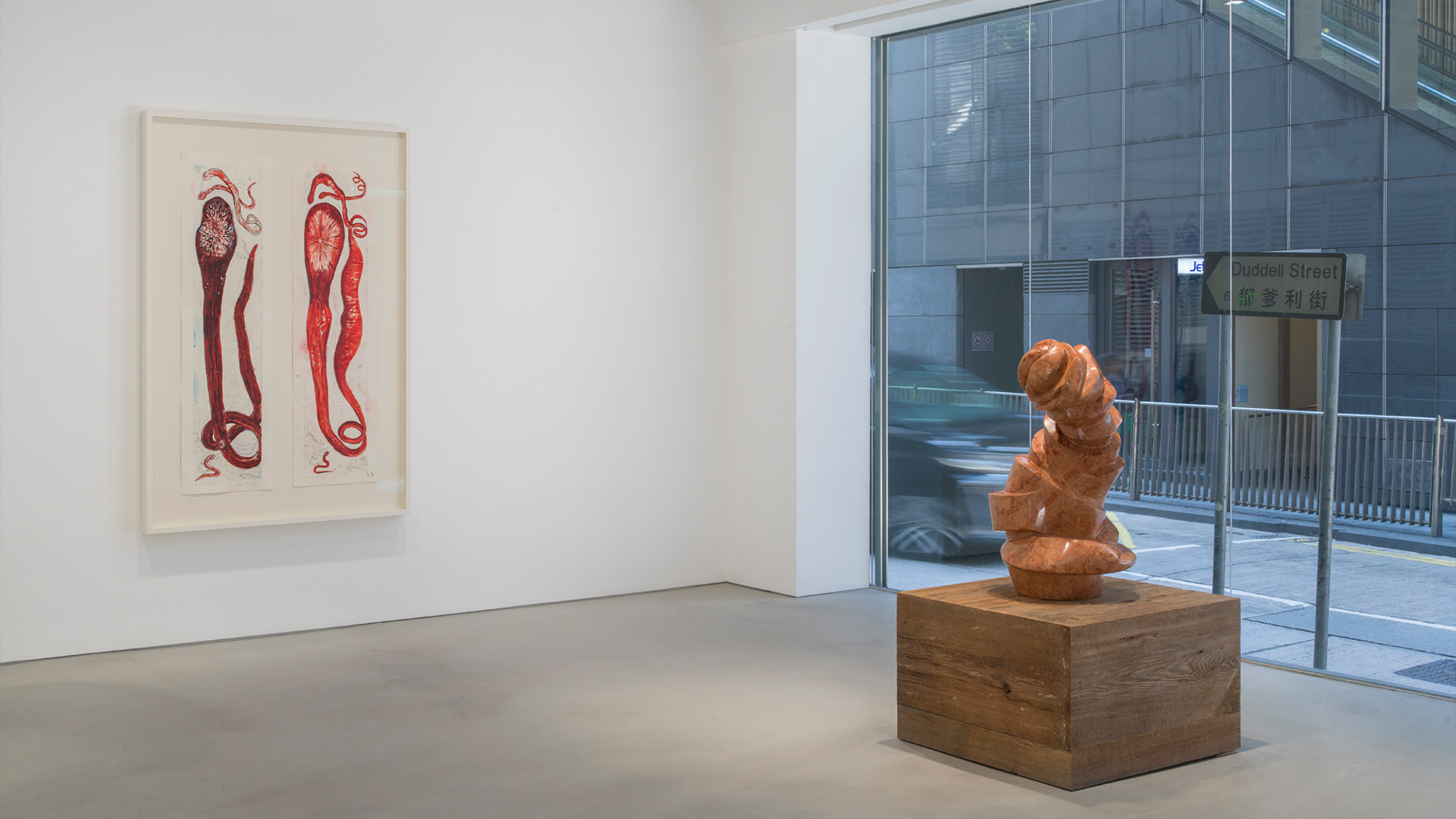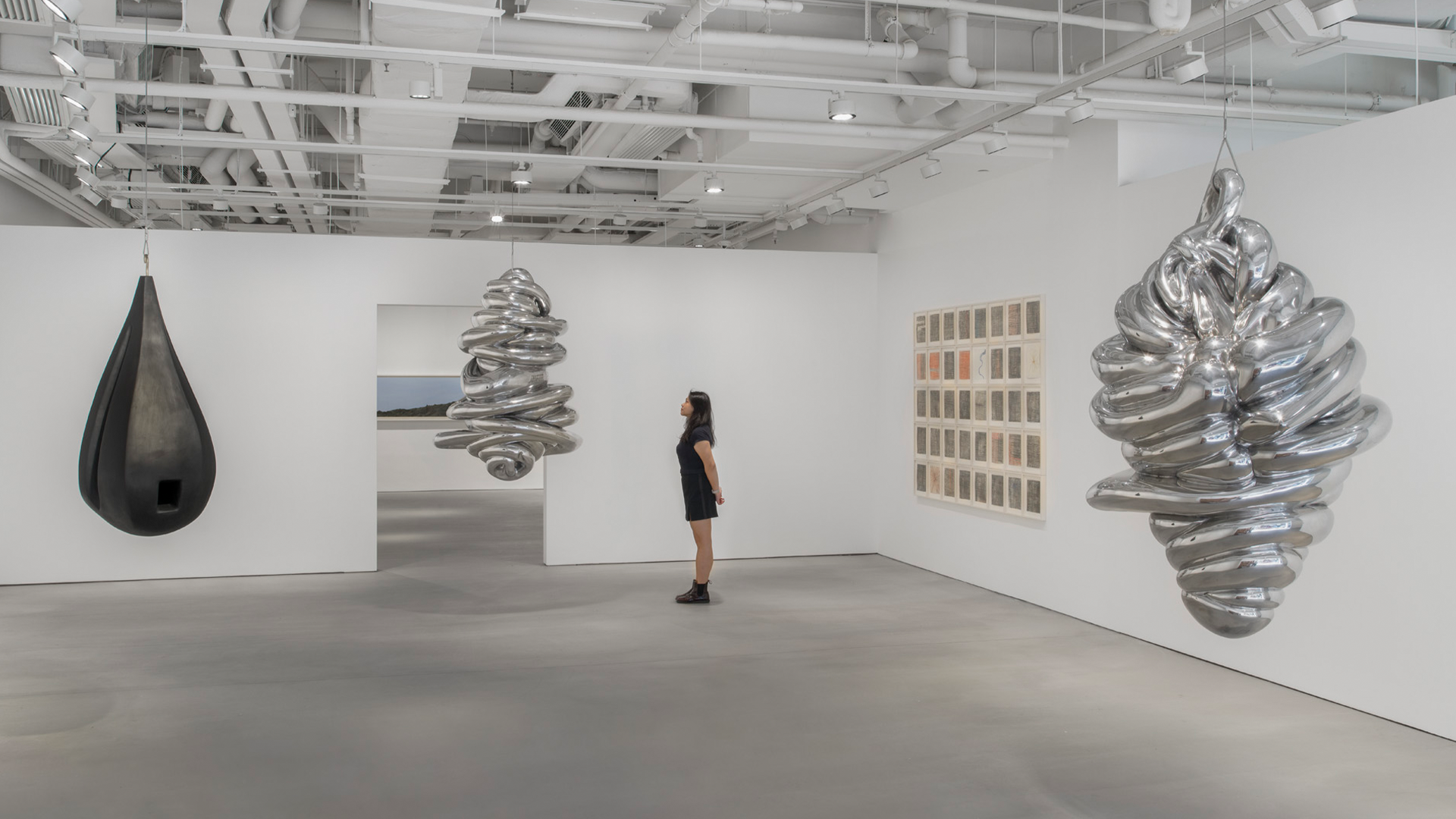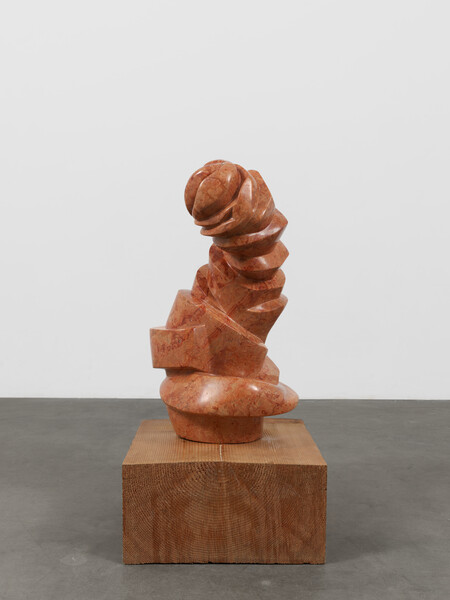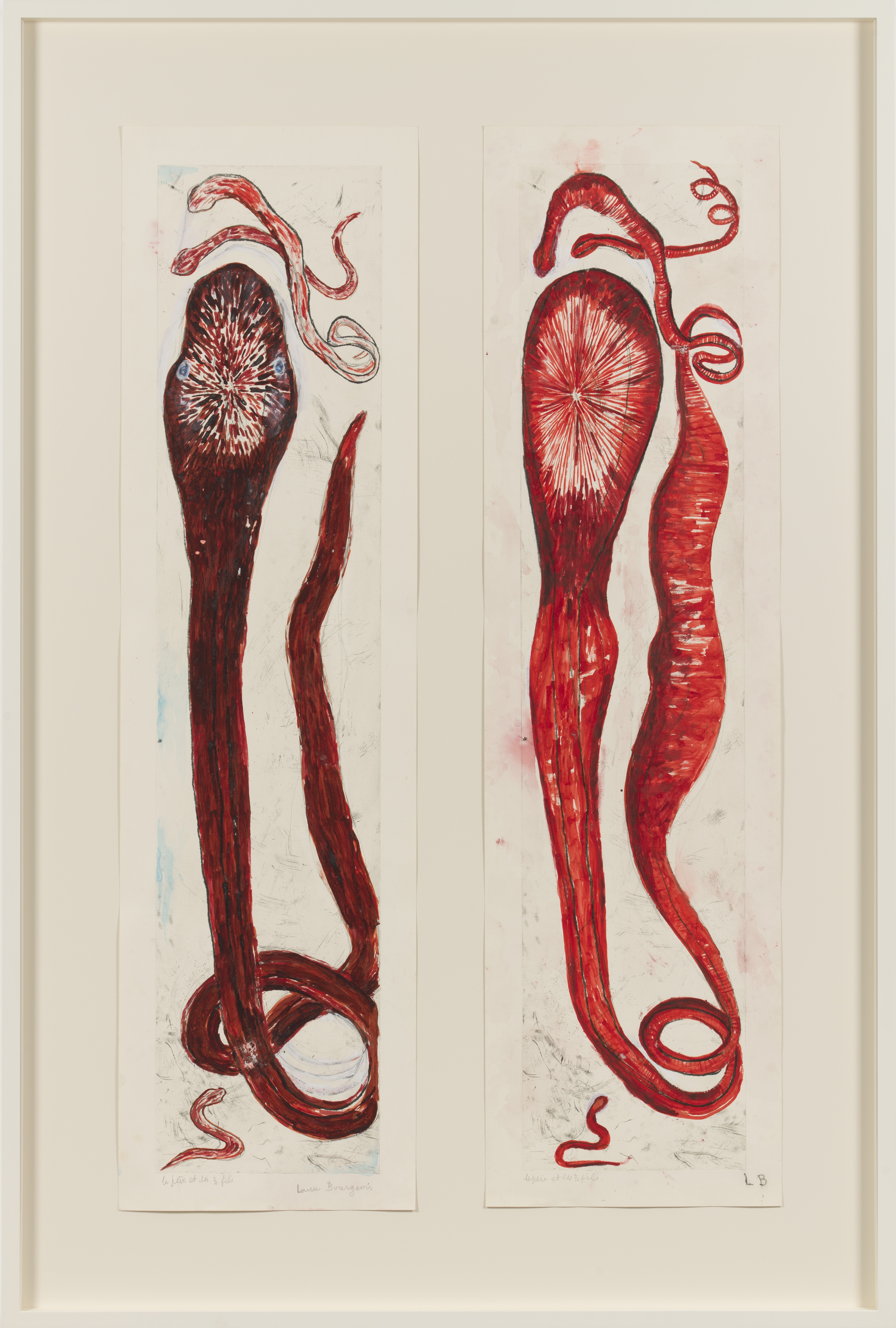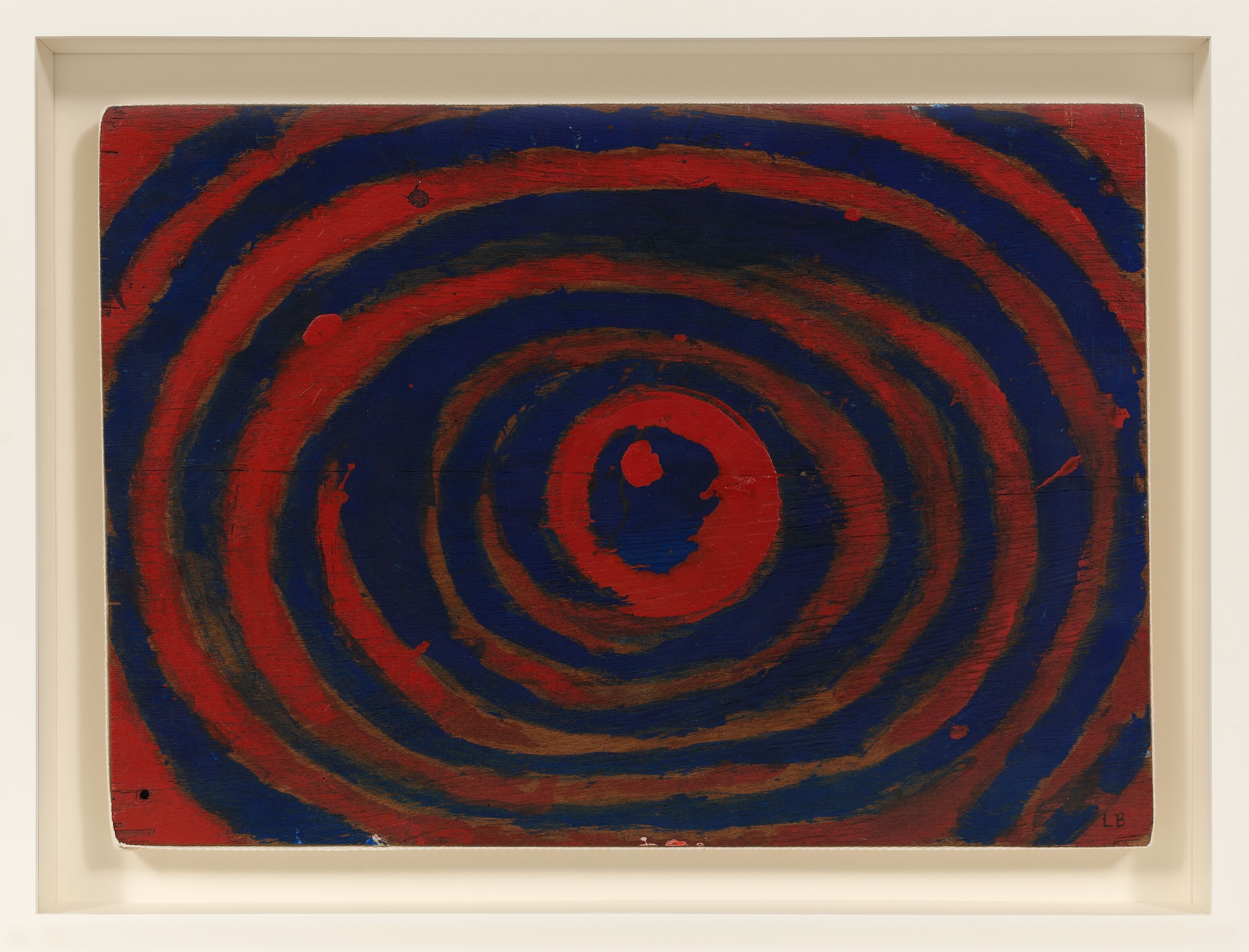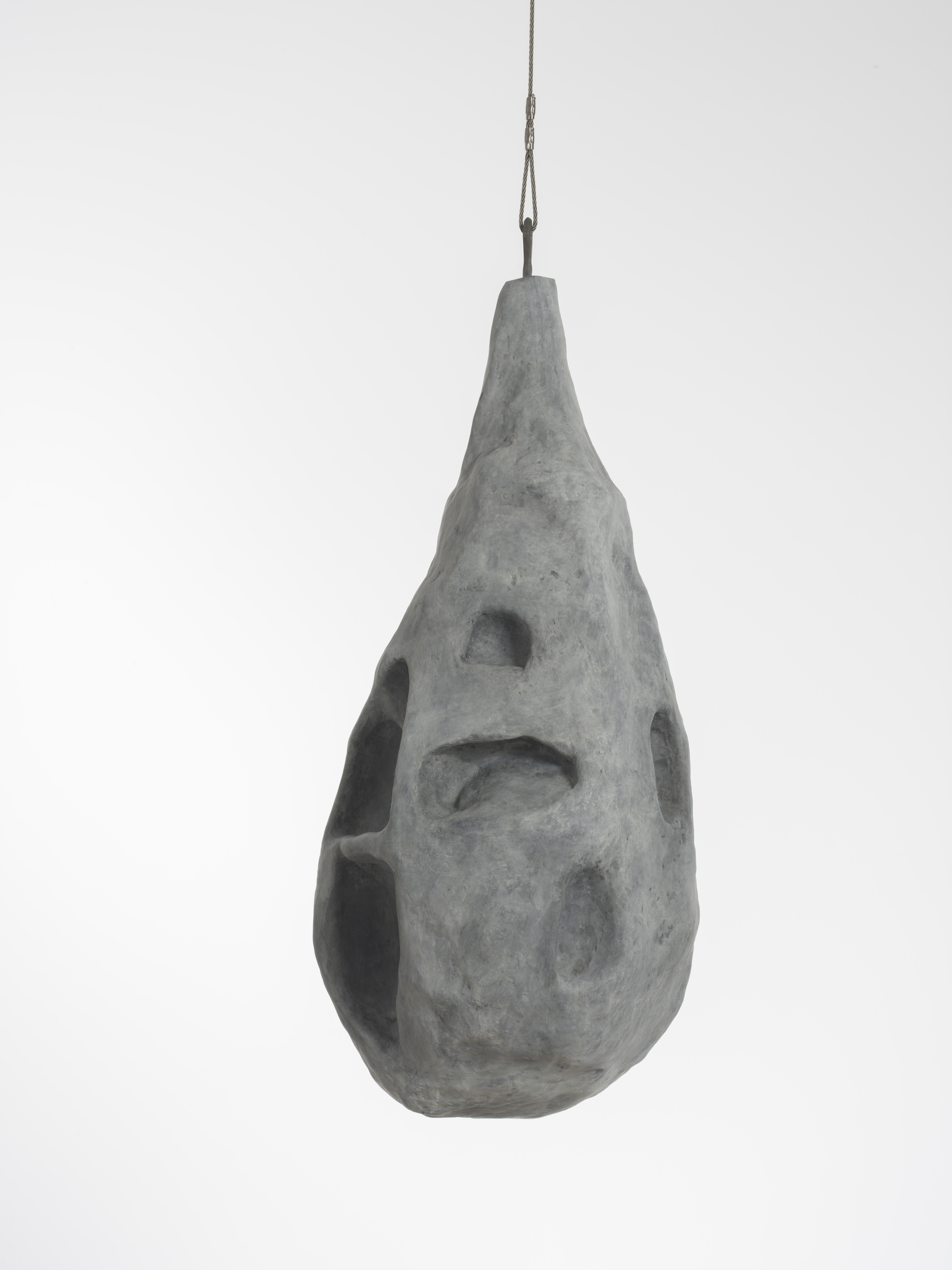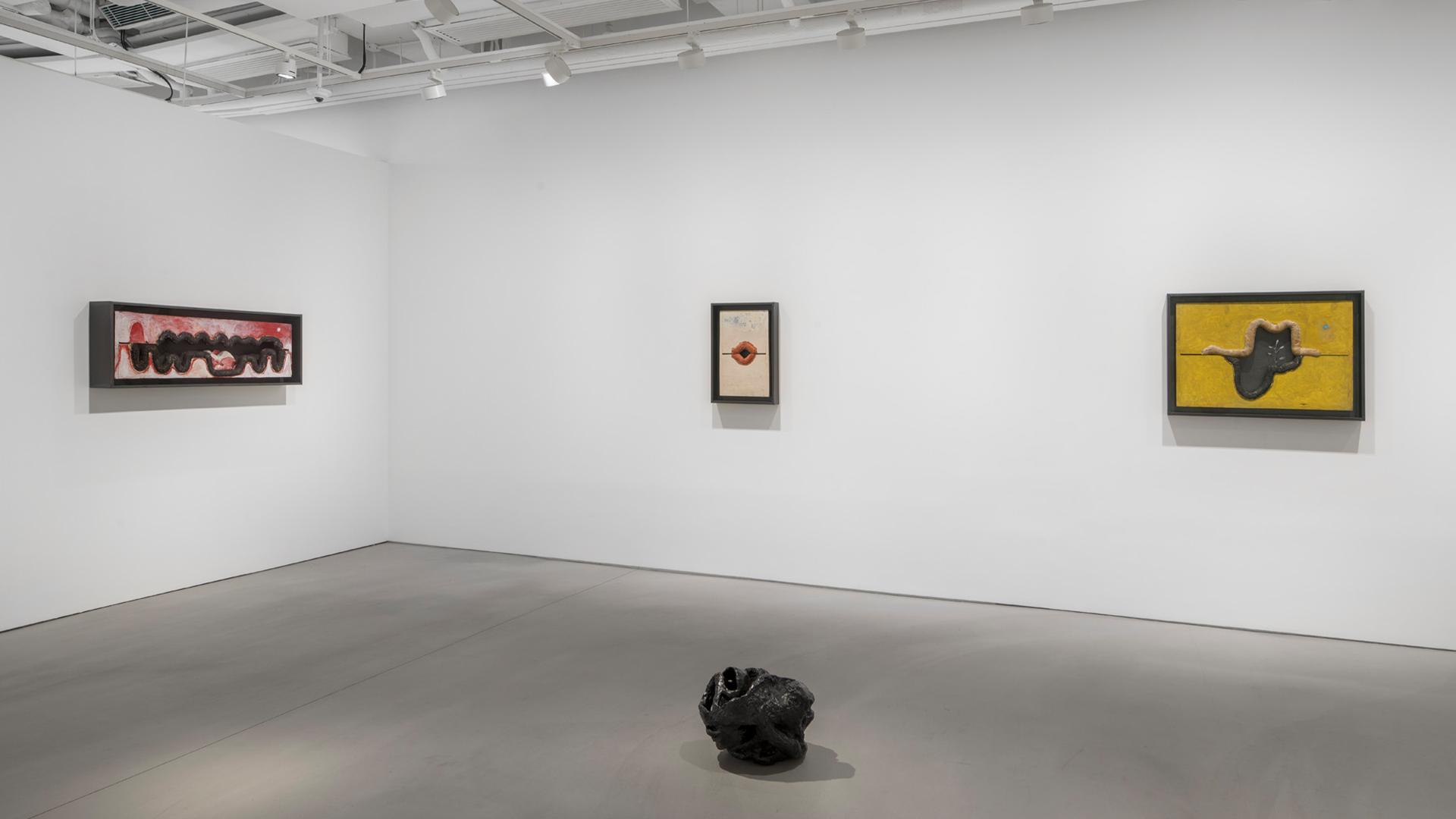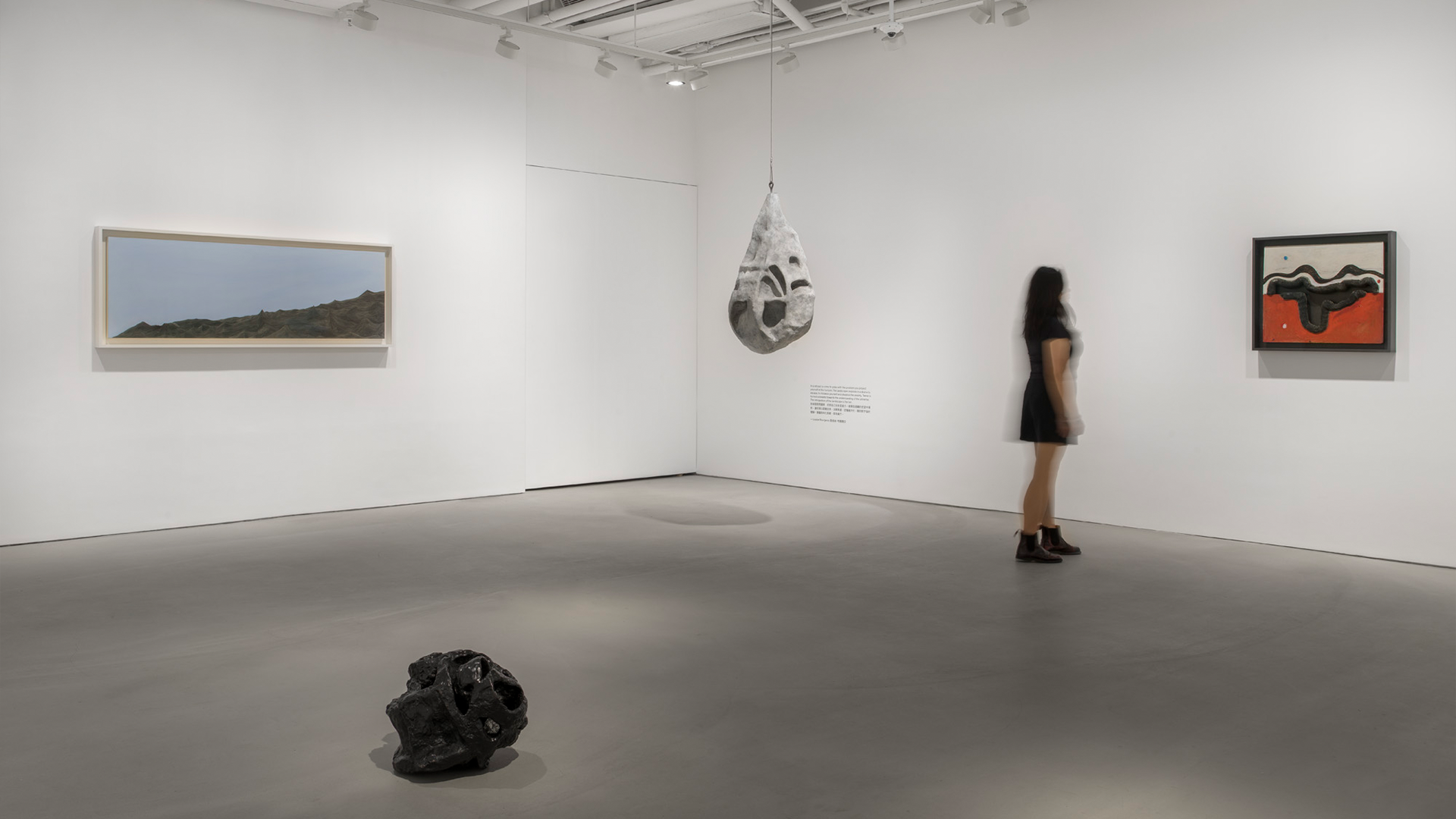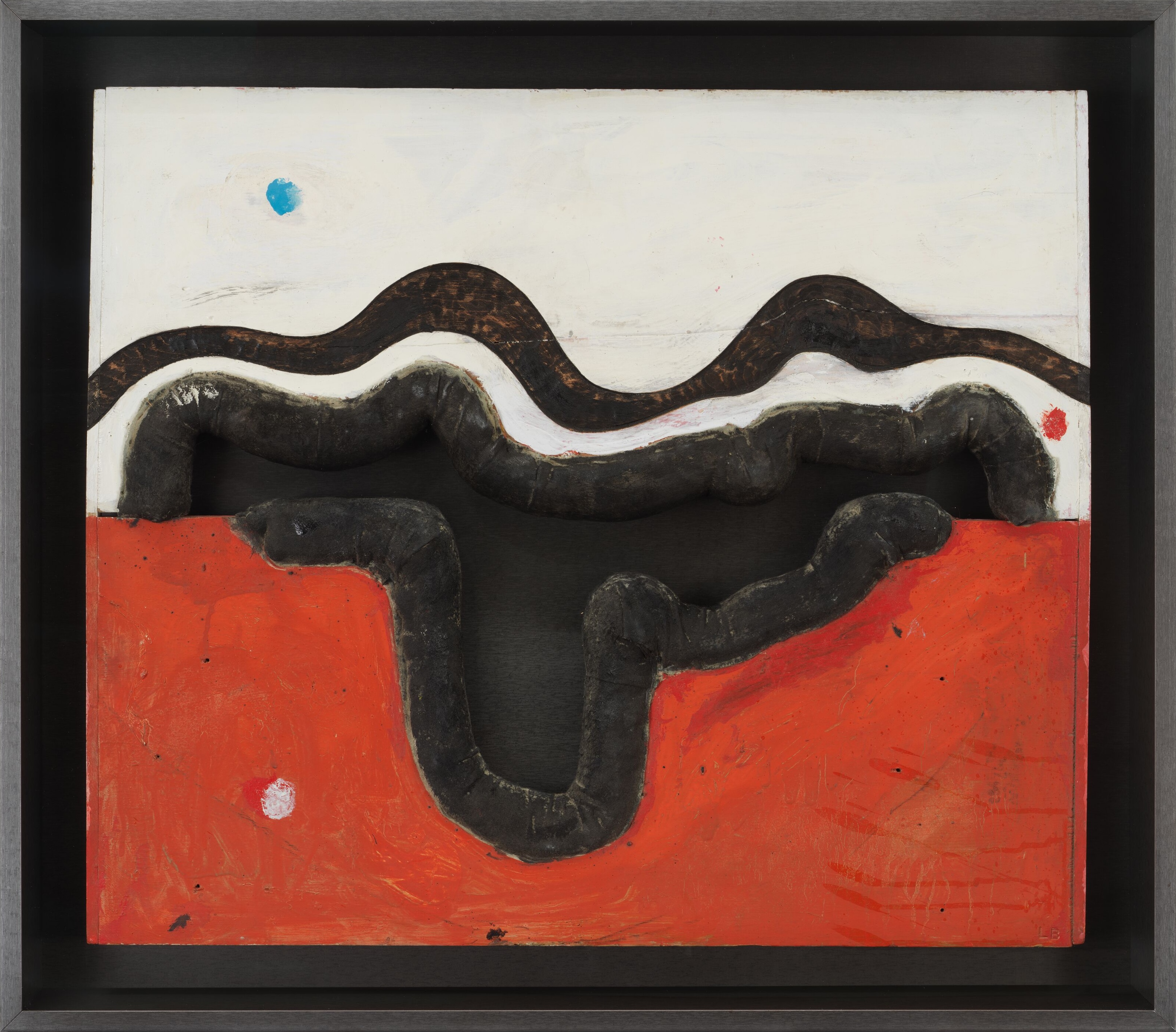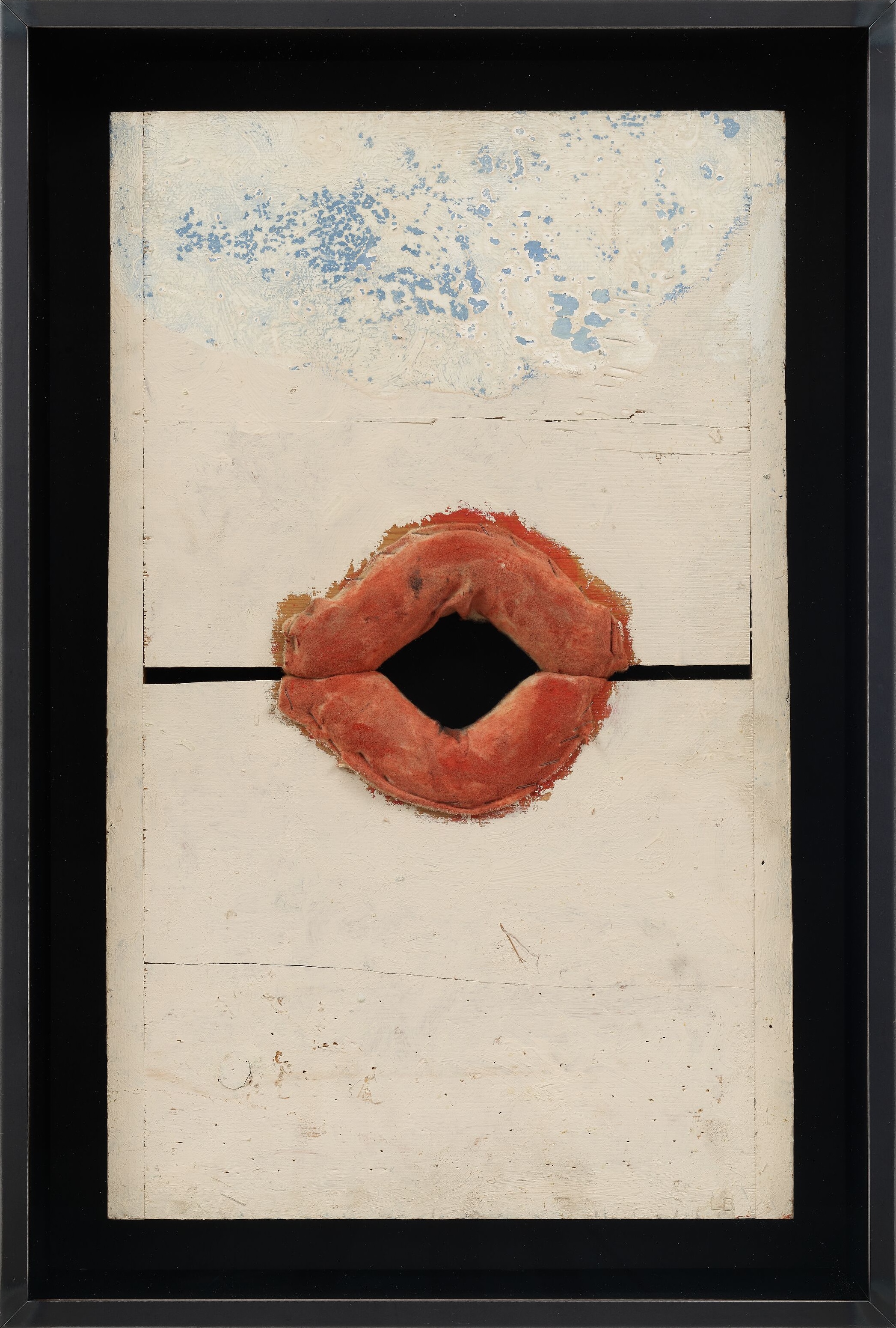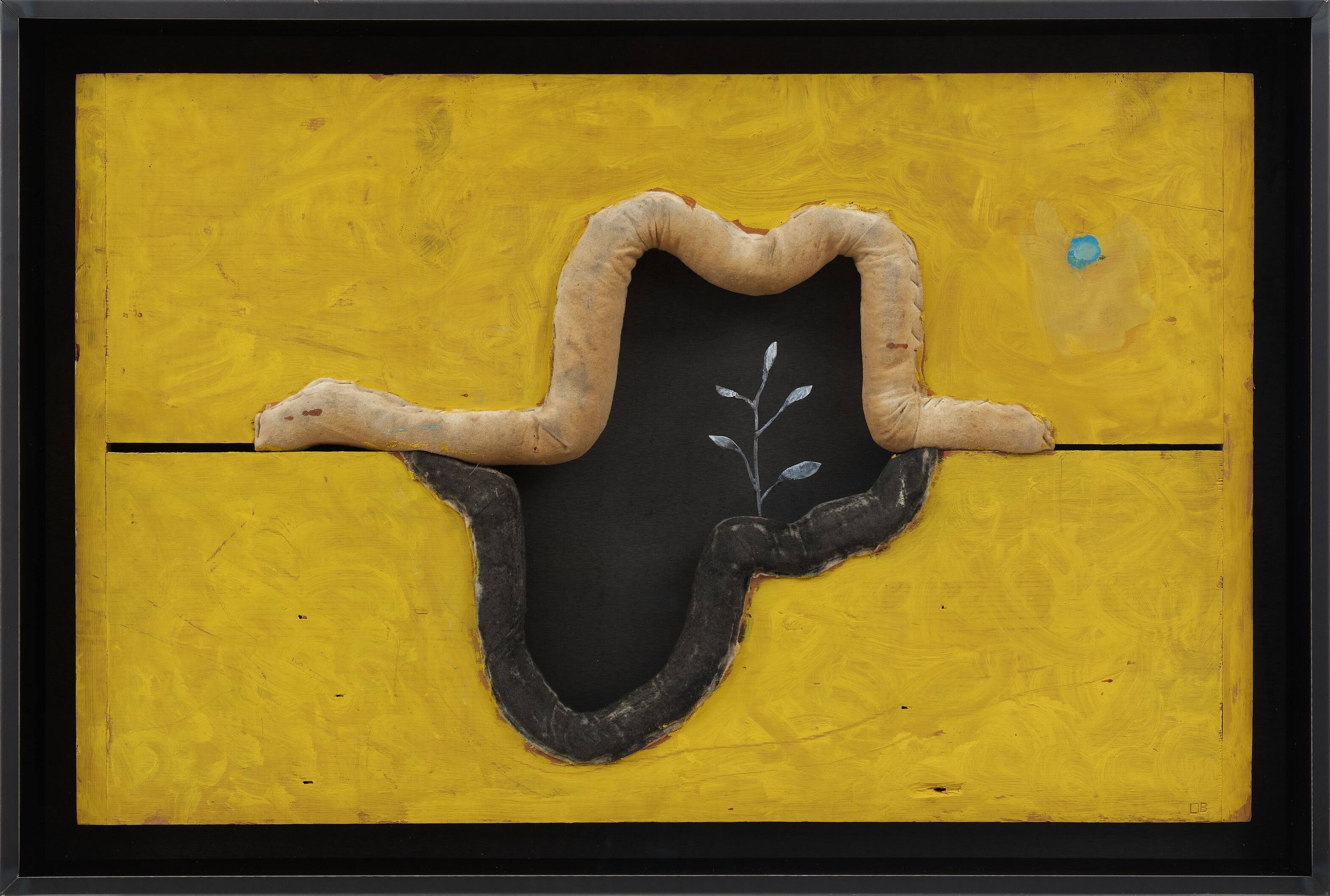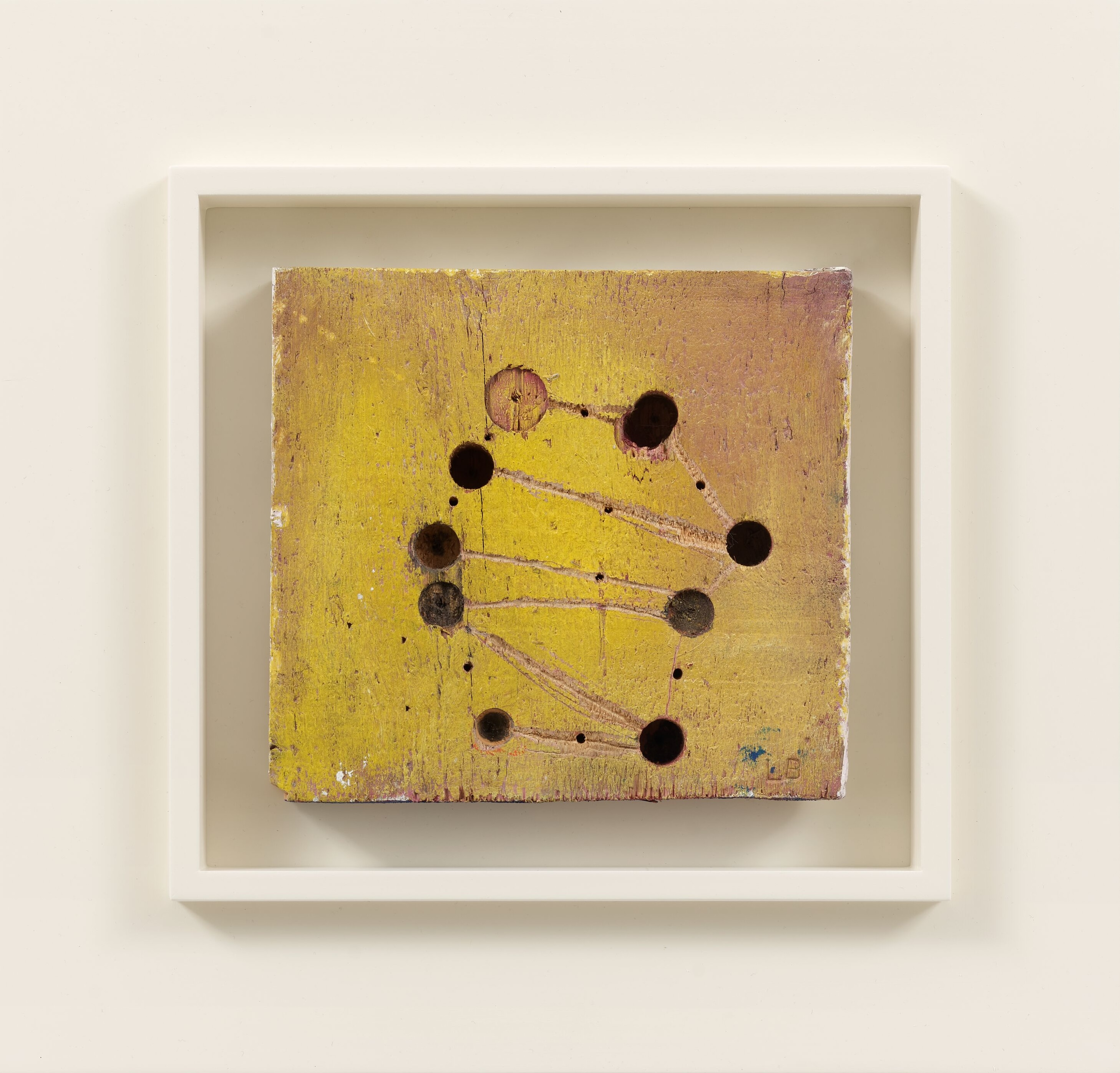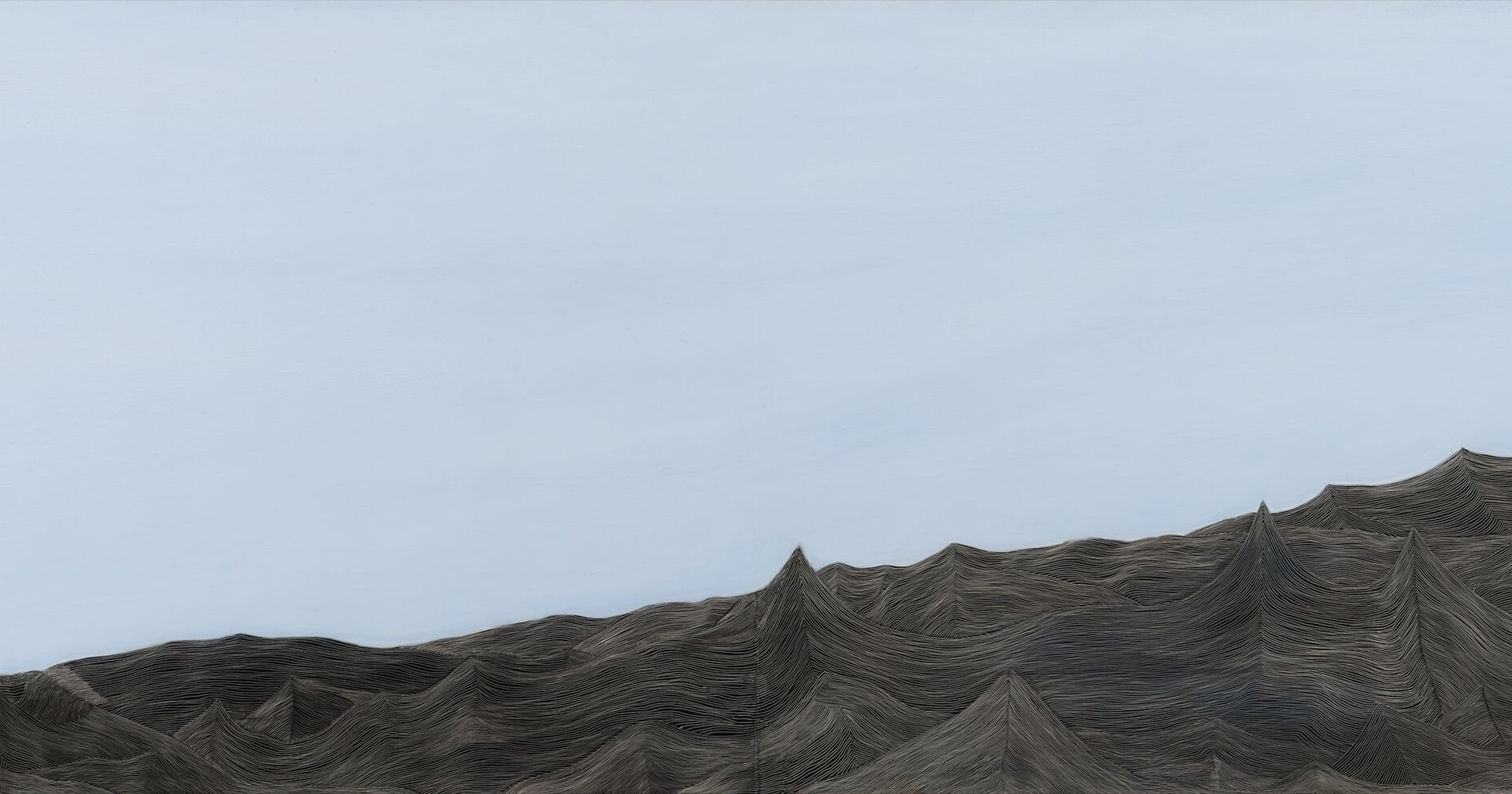
Louise Bourgeois
Soft Landscape
25 MARCH – 21 JUNE 2025
Opening Reception: 24 MARCH, 5 – 7 pm
Opening on 25 March, ‘Louise Bourgeois. Soft Landscape’ explores the dynamic relationship between landscape and the human body in Bourgeois’s work. Curated by Philip Larratt-Smith, this is her second show at Hauser & Wirth Hong Kong, and coincides with the ongoing tour of a major survey exhibition organized by the Mori Art Museum, Tokyo, which is currently on view at the Fubon Art Museum, Taipei, from 15 March to 30 June 2025.
Consisting of a selection of works from the 1960s up until her death in 2010, ‘Louise Bourgeois. Soft Landscape’ sets up a series of four interlocking dialogues that revolve around an iconography of nests, holes, cavities, mounds, breasts, spirals, snakes and water. This imagery corresponds to the themes and preoccupations that Bourgeois explored over the course of her career: the good mother, fecundity and growth, retreat and protection, vulnerability and dependency, and the passage of time. Her forms are expressed using such diverse materials as bronze, rubber, lead, aluminium, wood and marble. The exhibition foregrounds certain formal devices developed by Bourgeois, such as the hanging form, the spiral and the relief. As always in her work, there is an oscillation between abstraction and figuration.
Philip Larratt-Smith Introduces Louise Bourgeois in Hong Kong
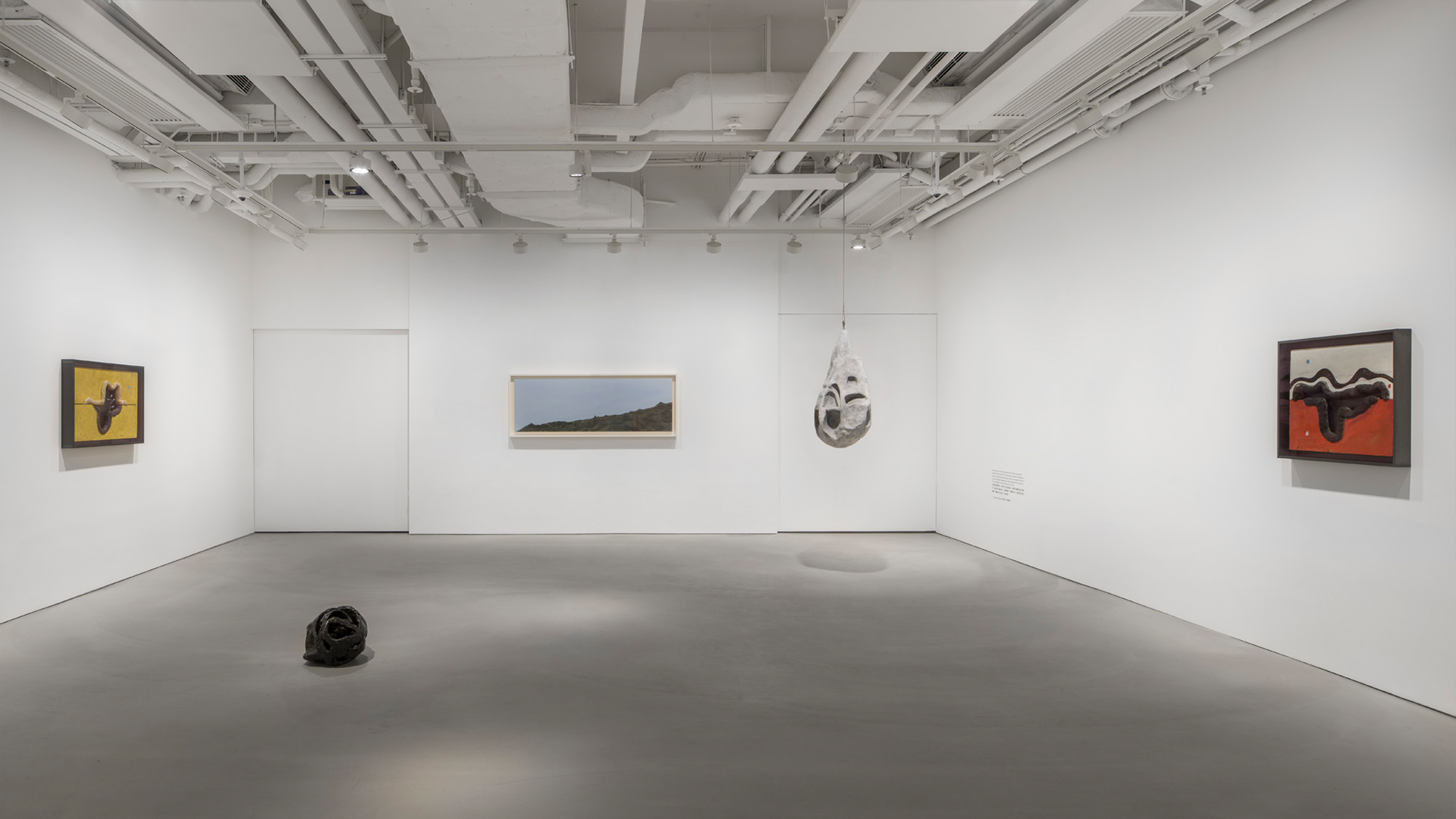
On view throughout the exhibition space are works from Bourgeois’s Lair series, first created by the artist in the early 1960s as she emerged from a deep depression and a long immersion in psychoanalysis, which all but replaced her artmaking for the better part of a decade. The Lair sculptures are protective places of retreat, like a home, and convey a mood of interiority, introspection and withdrawal.
A number of works that have never been exhibited before are on view in this exhibition. In one gallery, four wall reliefs of painted wood merge landscape and biomorphic form. Bourgeois fashioned these reliefs out of the interiors of old crates once used to transport her Personage sculptures. The way she put these wooden pieces together created a central opening that she would sometimes populate with internal elements. The metal frames that house these reliefs serve to make them feel more sculptural and object-like. This series of painted landscape reliefs is complemented by a long horizontal scratchboard landscape. Here the mark making is achieved through patiently scratching the dark-painted surface to make a delicate white line. The resulting image is a portrait of isolation, of a world without other people.
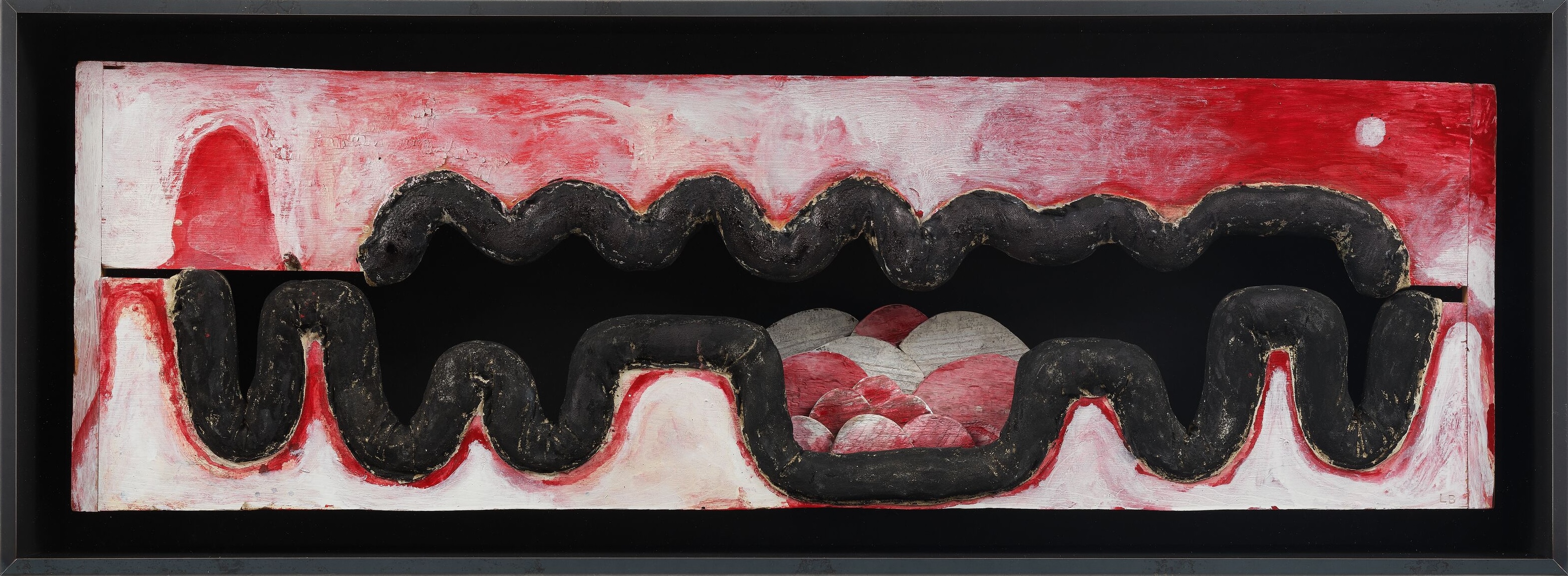
Untitled
1993

Untitled
1986
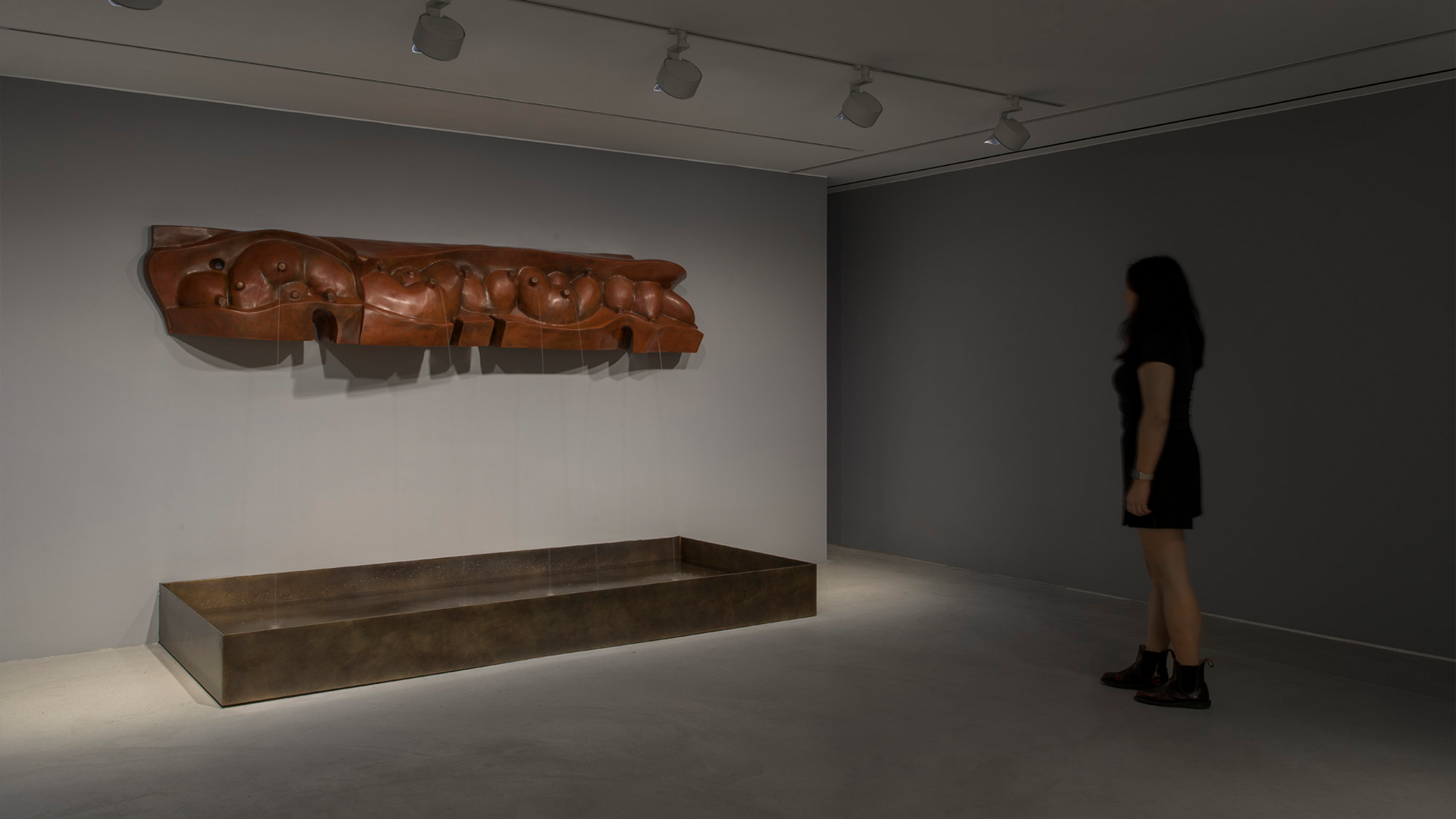
Also exhibited for the first time is the bronze fountain ‘Mamelles’ (1991 [cast 2005]), which consists of a long frieze of multiple breast-like forms, with water spilling from five of the nipples into a basin below. Bourgeois – who liked seeing how different materials could alter the meaning of her forms – also realized this sculpture in marble and pink rubber. The endless flow and splashing of the water symbolize the passage of time, but it also represents the good mother who provides nourishment for her children.
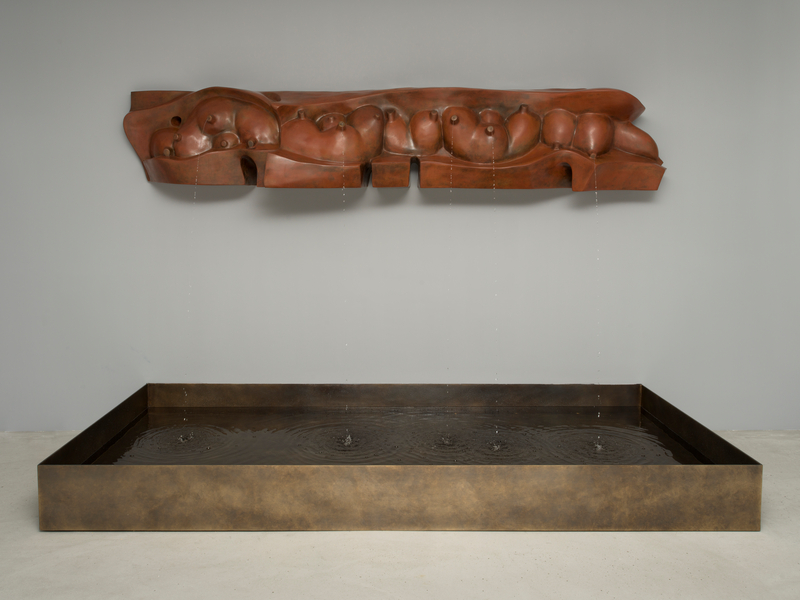
Mamelles
1991
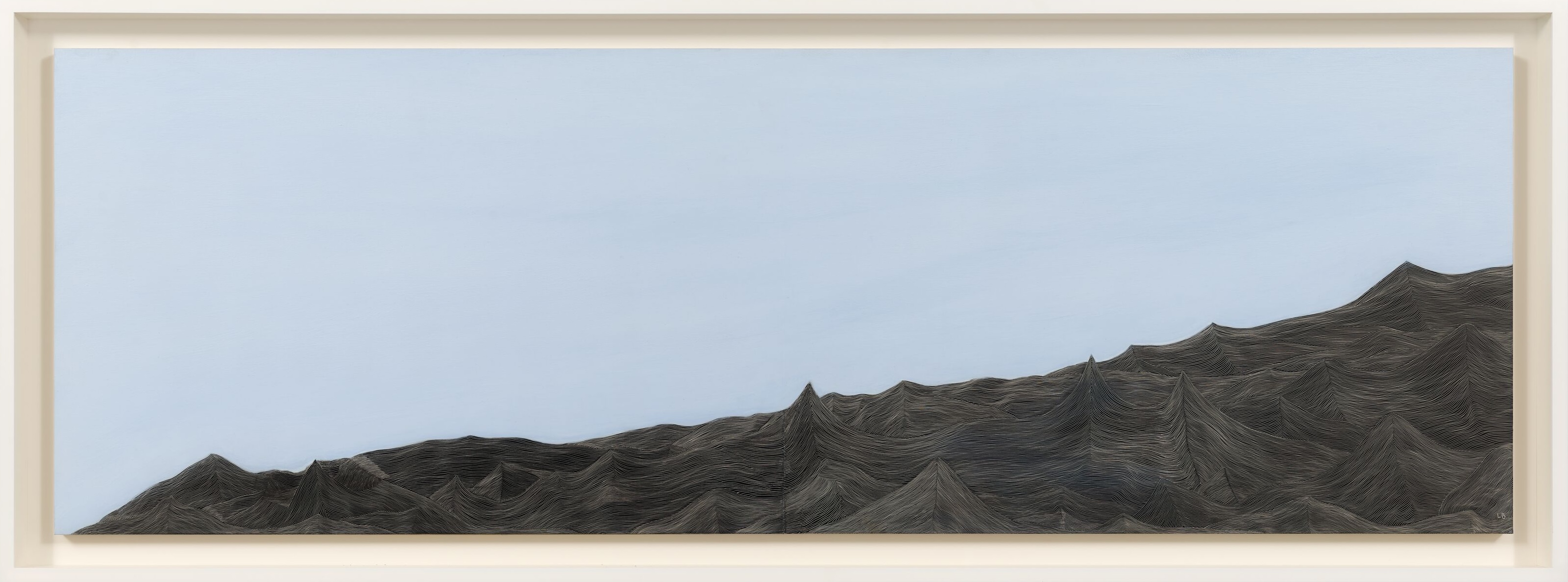
Landscape
2002
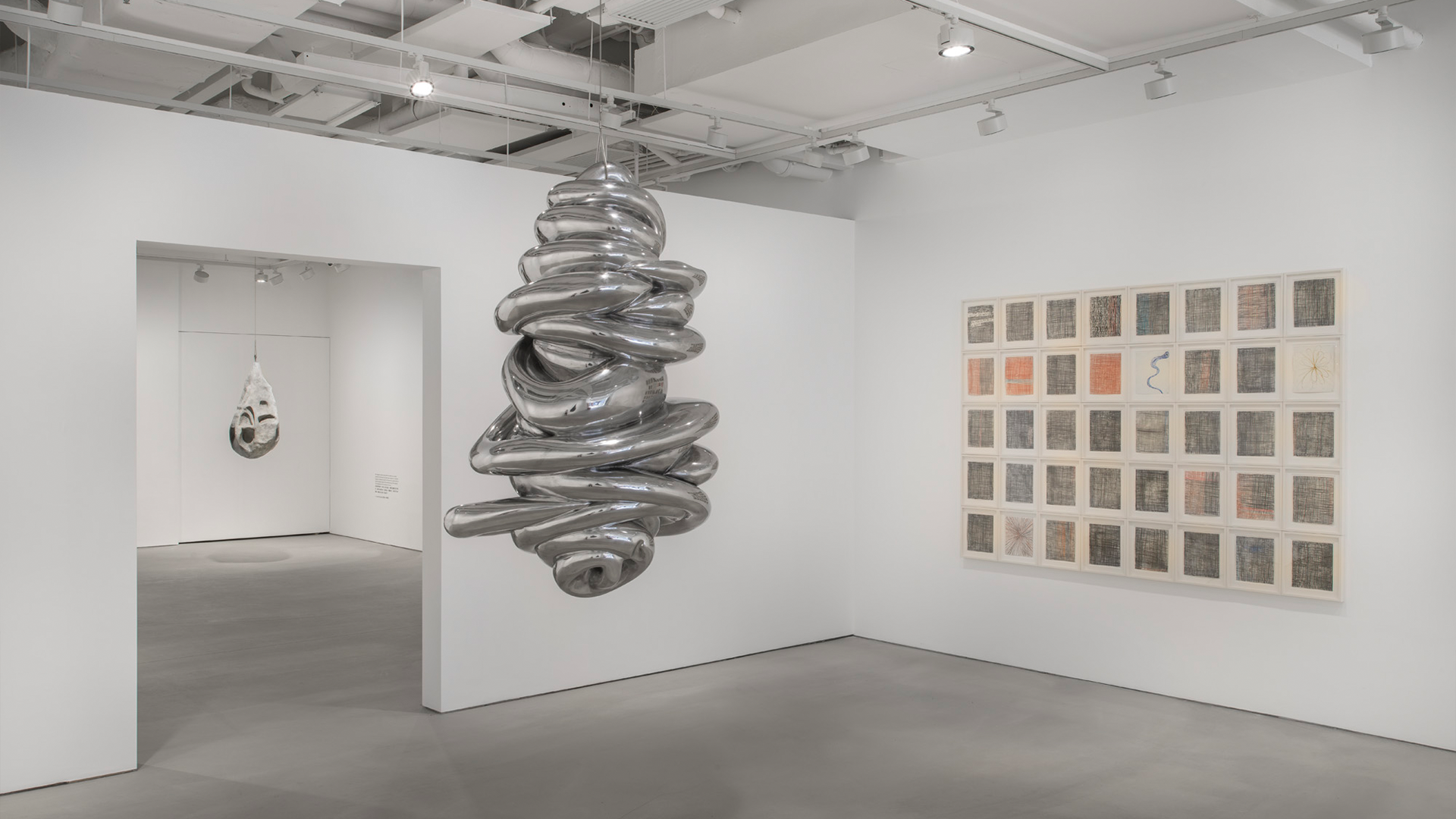
A pair of late works on paper similarly express the passage of time through flowing calligraphic gestures on music paper that hover between an abstracted landscape and wave-like forms.
‘Time’ (2004) belongs to a series of suites of double-sided drawings which Bourgeois made in 2003-04. The repetitive mark-making has a meditative quality, and perhaps exerted a calming effect on the artist. The richness emerges in the slight inflections and differences in line and texture among the sheets (there is an affinity to weaving), and the occasional appearance of words, names and phrases that seem to surface from the unconscious. ‘Time’ (2004) has a diaristic quality, as if the artist’s pen were an instrument for registering the most minute shifts in the artist’s thought and mood.

Time
2004
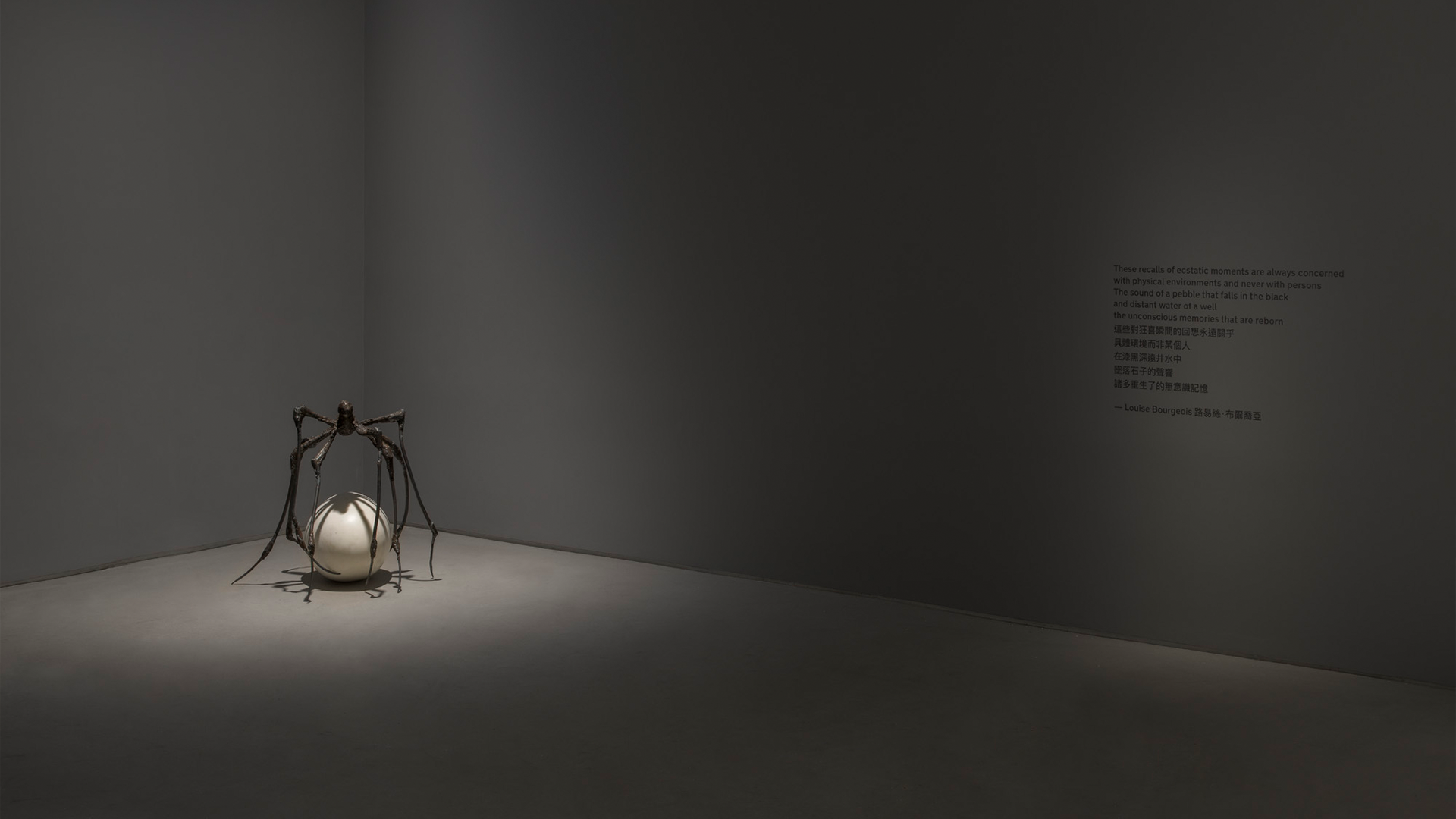
Making its debut in Asia, the sculpture ‘Spider’ (2000) was loosely inspired by an ostrich egg given to the artist. The large scale of the egg, relative to the spider that it contains, expresses the burdensome responsibilities of motherhood. Bourgeois’s iconic spiders were conceived as an ode to her mother, yet the spider is also a self-portrait; Bourgeois felt that her art came directly from her body, just as a spider spins its own web.

Spider
2000
Related Content
About the Artist
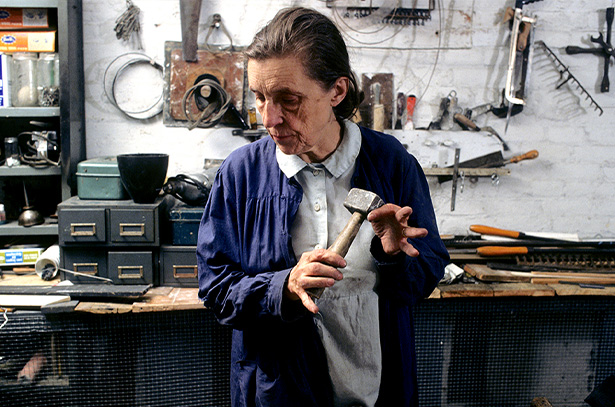
Louise Bourgeois
Born in France in 1911, and working in America from 1938 until her death in 2010, Louise Bourgeois is recognized as one of the most important and influential artists of our time. For over seven decades, Bourgeois’s creative process was fueled by an introspective reality, often rooted in cathartic re-visitations of early childhood trauma and frank examinations of female sexuality. Articulated by recurrent motifs (including body parts, houses and spiders), personal symbolism and psychological release, the conceptual and stylistic complexity of Bourgeois’s oeuvre—employing a variety of genres, media and materials—plays upon the powers of association, memory, fantasy, and fear.
Bourgeois’s work is inextricably entwined with her life and experiences: fathoming the depths of emotion and psychology across two- and three-dimensional planes of expression. ‘Art,’ as she once remarked in an interview, ‘is the experience, the re-experience of a trauma.’ Arising from distinct and highly individualized processes of conceptualization, Bourgeois's multiplicity of forms and materials enact a perpetual play: at once embedding and conjuring emotions, only to dispel and disperse their psychological grasp. Employing motifs, dramatic colors, dense skeins of thread, and vast variety of media, Bourgeois's distinctive symbolic code enmeshes the complexities of the human experience and individual introspection.
Rather than pursuing formalist concerns for their own sake, Bourgeois endeavored to find the most appropriate means of expressing her ideas and emotions, combining a wide range of materials—variously, fabric, plaster, latex, marble and bronze—with an endless repertoire of found objects. Although her oeuvre traverses the realms of painting, drawing, printmaking, and performance, Bourgeois remains best known for her work in sculpture.
Bourgeois’s early works include her distinct 'Personages' from the late 1940s and early 1950s; a series of free-standing sculptures which reference the human figure and various urban structures, including skyscrapers. The ‘Personages’ served as physical surrogates for the friends and family Bourgeois had left behind in France, while also highlighting an interest in architecture dating back to her childhood. Her installation of these sculptures as clustered ‘environments’ in 1949 and 1950 foreshadowed the immersive encounters of installation art twenty years before the genre’s rise to prominence.
Bourgeois’s work was included in the seminal exhibition ‘Eccentric Abstraction,’ curated by Lucy Lippard for New York's Fischbach Gallery in 1966. Major breakthroughs on the international scene followed with The Museum of Modern Art in New York's 1982 retrospective of her work; Bourgeois's participation in Documenta IX in 1992; and her representation of the United States at the 45th Venice Biennale in 1993.
In 2001, Bourgeois was the first artist commissioned to fill the Tate Modern’s cavernous Turbine Hall. The Tate Modern’s 2007 retrospective of her works, which subsequently traveled to the Centre Pompidou in Paris; The Guggenheim Museum in New York; The Museum of Contemporary Art in Los Angeles; and The Hirshhorn Museum & Sculpture Garden in Washington D.C., cemented her legacy as a foremost grande dame of late Modernism.
Header image: Louise Bourgeois, ARCHED FIGURE, 1993 © The Easton Foundation/VAGA, NY, Photo: Christopher Burke
Current Exhibitions
1 / 12
